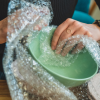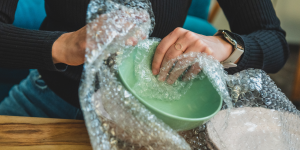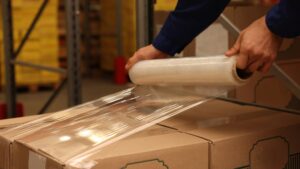A guide to packaging materials for the bathroom industry
In every property there is a room without which it is hard to imagine any home, office, restaurant or service outlet – the bathroom. Whether it’s a bathroom in the home, a toilet in the office or a shower in the gym, it’s a place in which we invest a considerable amount of effort, time and money, because it’s not a room where it’s easy to move or replace something just like that. For this reason, we often opt for more expensive solutions, paying considerable attention to the quality of the items in there.
The transport of sanitary ceramics, such as wash basins, toilets and bidets, is challenging due to the fragility of these products. Improper packaging can lead to damage, which generates additional costs and dissatisfied customers. As the materials are very fragile and can be damaged by a fall or an impact, there is no doubt that properly securing sanitary products for travel is an absolute priority. All the more so as these items are costly, difficult and often impossible to repair, and transporting them is not cheap. This can be frustrating for customers, as they arrange for delivery to allow installation by a contractor, and then find that the product is damaged and needs to be replaced.
Deadlines don’t align, time extends, expenses increase… When analysing the costs needed to manage complaints effectively, we realise that it is far more cost-effective for companies to develop a packaging, storage and transport system that reduces the number of incidents than to continue dealing with each one.
Therefore, if you want your products to…
- Baths
- Washbasins
- Bidets
- Toilets
…have arrived at the customer whole – protect them!
And how – about that in today’s article.

Choosing the right packaging materials
In Poland, the market for bathroom furnishings is significant, although exact figures on its value are difficult to establish. According to the available information, the average cost of renovating a 3 m² bathroom in 2024 is approximately PLN 12,000, when choosing materials and fixtures from the average shelf. However, this cost can increase significantly depending on the square metre and the choice of luxury fittings, reaching up to PLN 25,000.
Given such significant expenditure for homeowners, it is not surprising that they expect to receive goods in perfect condition.
Choosing the right packaging material is the first step in ensuring the safe transport of sanitary ceramics. In general, heavy-duty cardboard boxes, polyethylene foam and bubble wrap are used to protect products. These materials can effectively absorb impacts and reduce possible damage during transport. When it comes to the choice of material, among our customers, it all depends on the packaging system adopted. Some prefer PE foam, others bubble wrap. This does not change the fact that both materials do an excellent job of protecting the product.
Shock absorption - bubble wrap for the bathroom industry
Bubble wrap is an essential protective material when transporting fragile products. Its bubble structure absorbs shocks and protects against scratches. In the case of sanitary ceramics, it is advisable to wrap each item in several layers of bubble wrap, paying particular attention to protruding parts such as the edges of basins or toilet bowls. If the packaging exerts too much pressure on the product, this can cause a strain that prevents it from fully absorbing the shock. Consequently, this can contribute to cracks or microcracks, so it is worth testing the material on a selected batch of products.
During transport, shaking or careless handling of the parcel cannot be avoided. Bumps, falls and pressure forces mean an increased likelihood of the product being broken or scratched.
Therefore, you can choose reinforced products such as B3, B4 bubble wrap or laminate (a combination of PE foam and bubble / HDPE / aluminium or polyethylene foil).
Stronger material will eliminate the number of layers, which will certainly have an impact on packaging time and reduce the amount of packaging material used.
When it comes to bubble wrap, we don’t have to limit ourselves to bubble wrap on a roll. In order to optimise the packing process, we have introduced perforated bubble film (speeds up the packing process – simply tear off a piece without using knives/scissors), sheets of bubble film (produced to size – speeds up the packing process, standardising the amount of material to be taken), half-sleeves or sleeves.
Bubble wrap bags for standard bathroom ceramics products
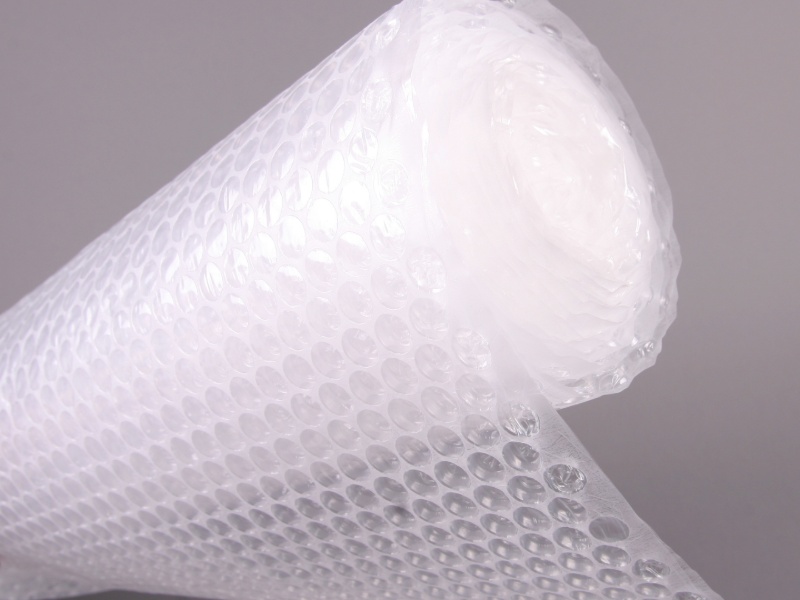
In order to both protect products and at the same time speed up the packing process, it is worthwhile replacing standard bubble wrap on a roll with customised bubble wrap bags. We have optimised the packaging of one of our industry customers in this way.
The bags (on a roll with perforations) are used for toilet seat packaging.
This is a great way to standardise the amount of material taken up by the worker, as well as reducing packing time, which ultimately also affects the costs of the entire process. In our range you will also find bags with double-sided tape already stuck on for comfortable and efficient closing. The bags are also suitable for packing small parts and details:
- plugs
- screwcaps
- buttons
- other bathroom accessories
Polyethylene (PE) foam and the packaging of sanitary ceramics

Polyethylene foam is characterised by its flexibility and excellent cushioning properties. When used as a divider between products in the packaging, it prevents their movement and protects them from mechanical damage. In addition, PE foam is resistant to moisture, which is important during long-term storage.
Among its features, it is worth highlighting that it does not scratch parts, does not produce dust or dust, which is why it is often chosen as a material that directly touches sanitary elements.
The thicker the foam, the better the cushioning, but the less flexible the material. Importantly, it returns to its original shape when the pressure subsides.
As with bubble wrap, you can choose between different variants:
- foam roll
- laminate
- perforated foam
It all depends on your preferences – you can also choose:
- width
- grammage
- perforation distance
With automated processes, our customers are more likely to use confections such as sheets. The sheet is simply taken from the packaging, without the need for cutting, which speeds up the packaging process.
Cartons - robust external protection for bathroom ceramics
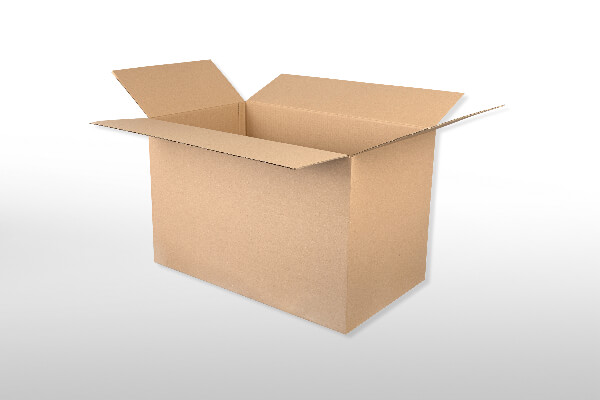
The selection of suitable cartons is important for the safe transport of sanitary ceramics. High-weight corrugated cardboard cartons are recommended to ensure rigidity and pressure resistance.
Cartons should be sized to fit the products being packed to minimise movement inside the package – but with room for padding to further cushion the item inside the package.
For additional security, our customers turn to strapping tapes, which do an excellent job of securing the carton against potential tearing.
The banding tapes we offer our customers can not only be tailored in terms of type:
- PET
- PP
- PE
- Steel
- Manual
- Automatic
- of varying widths
- and winding lengths
We also offer colour-differentiated options with the possibility of printing.
Fillers - additional protection and cushioning
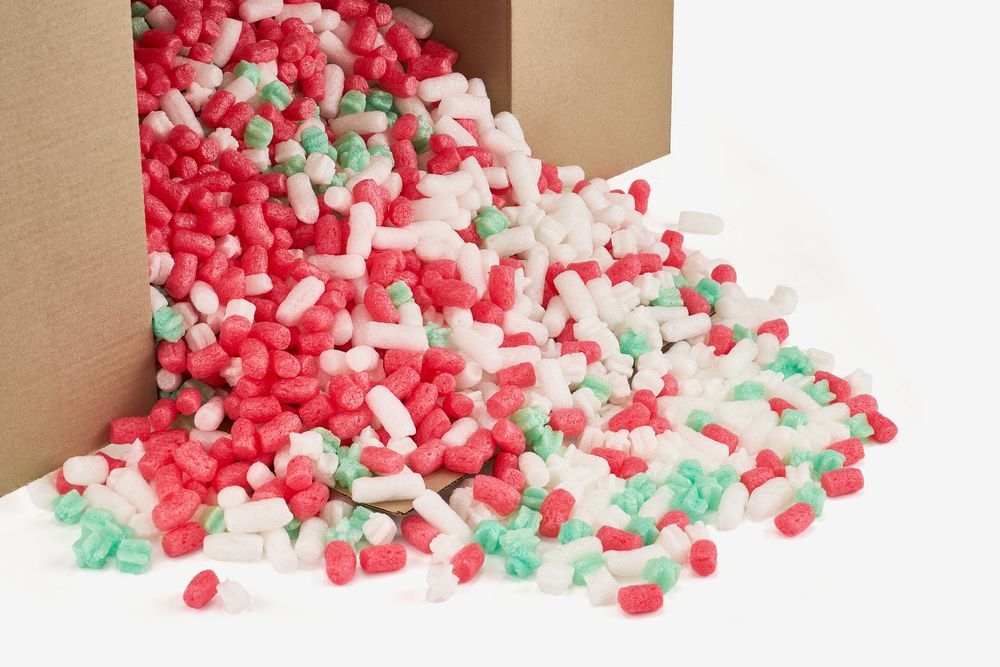
And this brings us to the point where parcel fillers appear, which are used as additional protection for the assortment inside the carton.
There are many possibilities:
- Packing peanuts
- Wood voline
- Wrapping paper
- Bubble wrap
For the latter, one cannot fail to mention Fill & Wrap bubble wrap, with bubbles as large as 3 cm in diameter. This type of film is an excellent void filler.
- Pros:
Large bubbles mean that less filler is used, further protecting what’s inside.
Packaging tapes - protection against opening
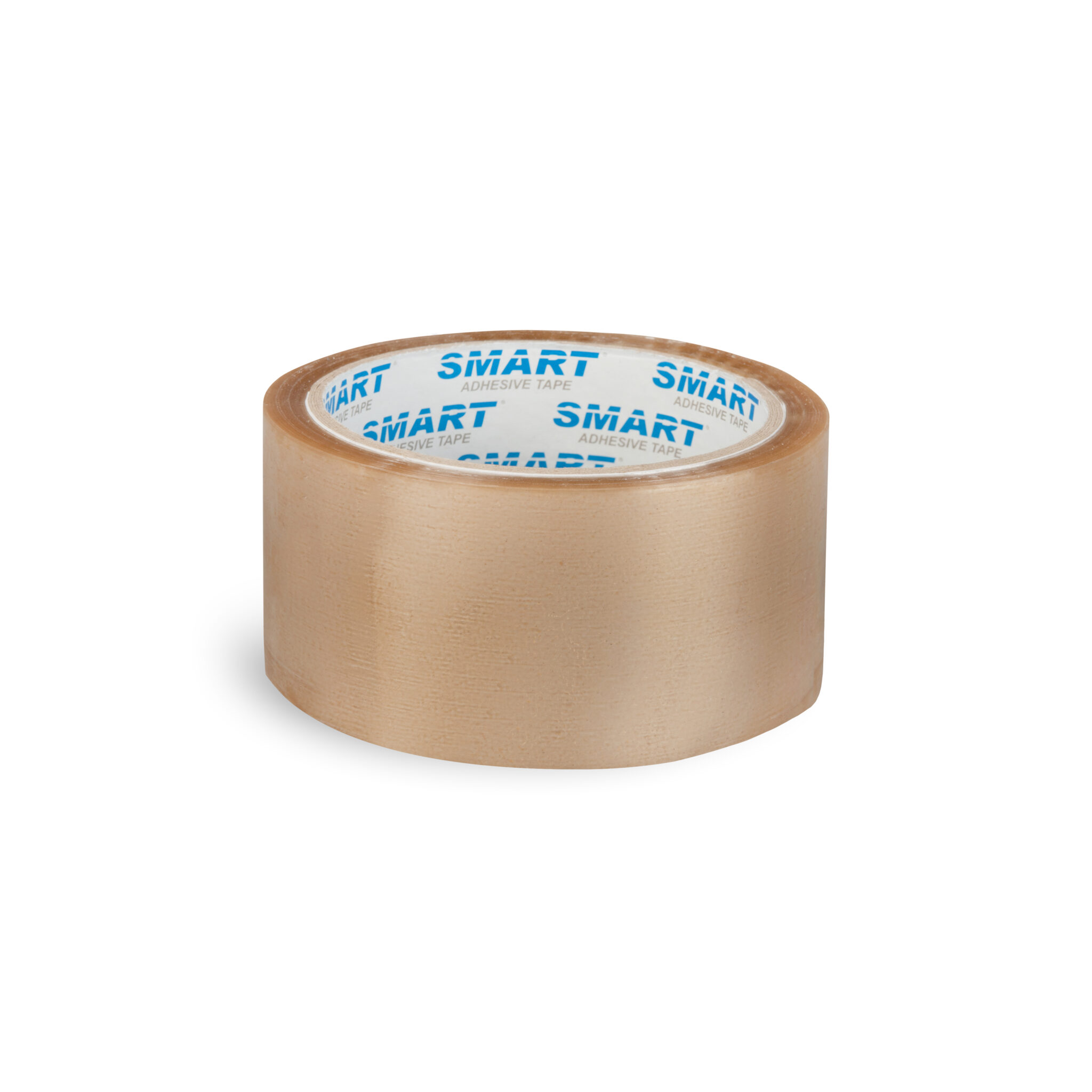
Securing the goods inside the carton is one thing, but sealing them firmly is a completely separate, but equally important, matter.
Packing tapes with high mechanical strength effectively protect cartons from accidental opening. There is a reason why adhesive tapes have different adhesives.
It is worth considering which tape with which adhesive will work best in our case:
- acrylic
- solvent
- hot - melt
Acrylic tapes will not necessarily work well in autumn and winter. The water-based adhesive can freeze at lower temperatures, resulting in the tape peeling off.
You also don’t have to be limited to tapes with standard widths or winding lengths. Perhaps instead of using a 48mm wide tape, we can use 72mm, allowing fewer wraps to be made?
In the case of heavier sanitary ware items, you may not be able to do without banding tapes, especially for palletised shipments, but not only. Banding tapes will further secure cartons prepared for shipping.
Stretch film - cargo stabilisation
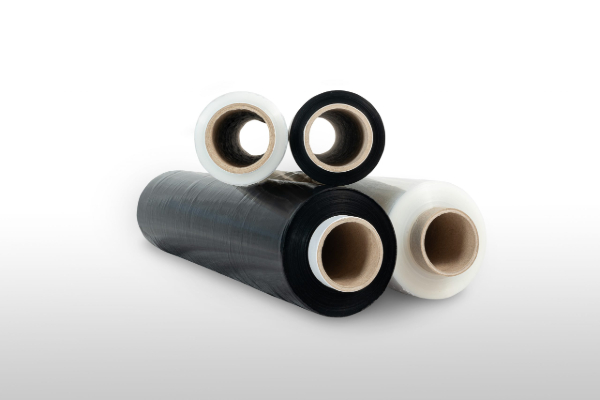
As we are already on the subject of order palletisation, stretch film cannot be overlooked.
It is used to wrap pallets of packaging, stabilising the load and protecting it from external factors such as dust or moisture.
Thanks to the flexibility of the stretch film, it is possible to wrap the pallet precisely, which prevents the cartons from moving during transport.
It is also used in the direct packaging of ceramics. Often, after wrapping with bubble wrap or foam, products are additionally wrapped with stretch film so that the packaging material adheres better to the packaged items.
Warning tapes - a clear message to the carrier
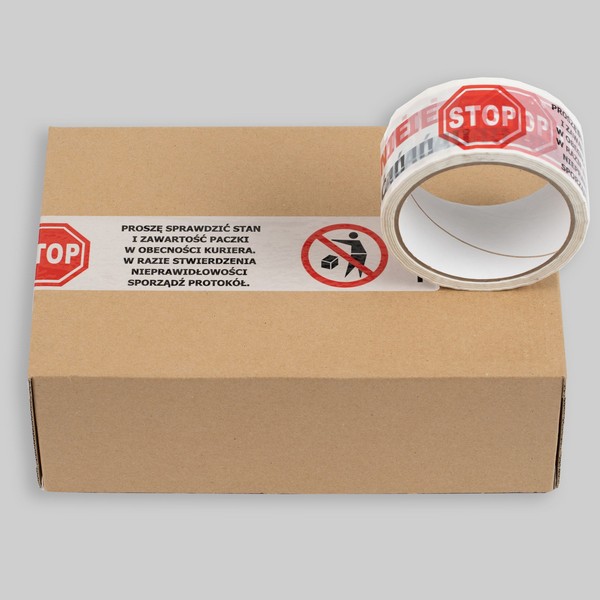
Underrated, yet warning tapes like the icing on the cake complete the packaging process.
This is key information for the carrier and there is less risk of the shipment being mishandled.
The use of warning tapes sends a clear message, demonstrating a concern for quality shipping and attention to detail:
- Caution - glass!
- Fragile
- Top / Bottom
- Do not pile up
This is an example of how losses due to transport damage can be reduced at little cost, so it is worth including it as a permanent feature in the packaging of sanitary ceramics.
Summary
There is no single solution for the protection of sanitary ceramics. Each company and product has its own unique processes and developed packaging systems. This is influenced by many factors, which we understand very well, which is why we advise and adapt packaging materials by analysing our customers’ packaging process.
One thing is clear – securing sanitary ceramics during shipping/transport requires care, the right materials and sensitivity to detail and is important to maintain product quality, service and minimise damage, which translates into customer satisfaction. We also recognise that every company is looking for optimum solutions.
There is great potential for many companies to simplify their packaging processes – for example, replacing two materials with one or reducing the number of materials used from four to three, without sacrificing product protection. Such a solution not only speeds up packaging, but also significantly reduces the use of packaging materials.
That’s why our advisers help you choose the best solution, optimising the packaging process while comprehensively selecting packaging materials. We also know that it’s not always easy to change a process on the spot, which is why we offer free samples of our materials so that you can decide for yourself whether this solution will work for you.
- If you would like to discuss what changes are possible to implement in your business - contact our advisors.
Our clients include:
- Manufacturers of sanitary ceramics
- Distributors and shops
- Manufacturers of bathroom accessories
We can help you and optimize the packaging process in your company
Make an appointment with our advisor

A marketing manager and content enthusiast passionate about creating materials that bring real value to the audience. She explores the world of packaging through the lens of actual customer challenges, drawing insights from conversations with business owners, buyers, and warehouse staff alike. Outside of work, she’s a fan of non-fiction books and gravel biking.


